Common Sense Seasonal Eating for the New Year (Winter Vegetable Soup)
Written by Shannon of Nourishing Days
So I wrote a big ol’ article about every nutrient you should eat during the winter to maintain optimum health. First I mentioned foods to cut out (like I did in the spring) and then I went on and on about enzymes and cod liver oil and fat-soluble vitamins.
Then I deleted the whole thing.
Our children are poised to be the sickest generation to date and yet we speak “nutritionism” like never before. I think what we need at the table is a little less science and a little more common sense.
The Wisdom of Our Foremothers
Our ancestors lived without electricity, gas, or major grocery stores and yet they still managed to keep their families nourished through the winter. They ate meat from their animals, cooked with lard from their pig, and ate vegetables from their cellar.
They ate what they grew.
Two years ago, in the spirit of sustainable eating, I endeavored to put up enough food to feed my family for two months without having to enter a grocery store. After six weeks I caved because I failed to recognize and prepare for our body’s need for enzymes, friendly bacteria, and fat-soluble vitamins.
But our ancestors didn’t worry about micronutrients.
They made sauerkraut because their mother taught them to and they ate liver because if you were going to kill an animal you darn well better eat the whole thing.
And they were healthier for it.
Somewhere along the way we lost the traditional wisdom of the kitchen. I am endeavoring to unearth this wisdom as I feed a family of my own.
Simple Food for Winter: a cookbook
I have learned that it is possible to eat locally and still maintain good health during winter. I have learned that foods like meat and eggs, fermented vegetables, and winter squash are crucial during the colder months. I have learned to eat seasonally, even when winter makes it hard. I want you to do the same.
So I wrote a book about how our family does it and I call it Simple Food for Winter. The pages are filled with information, encouragement, and 30 grain-free recipes to help you nourish your family while eating homegrown or locally-sourced foods.
The fact is, real food – the kind you can grow, raise, and cook yourself – is health food. It sustained our ancestors who were more likely to die from an animal attack than a heart attack and it kept them strong through all seasons, including winter.
Sometimes it’s better to just look past the men with the big words and take your grandmother’s advice – make some soup.
Winter Vegetable Soup with Rosemary
This soup is great when you feel you’ve eaten too many heavy foods. I would have never put all of these ingredients together if it weren’t for the day when they were all right in front of me, straight from the garden.
- 3 tablespoons olive oil
- 3 leeks, halved and sliced (both white and green parts or equivalent amount of onions)
- 1 quart (28-oz can) diced tomatoes
- 2 cups chicken or vegetable stock
- 5 cups winter squash, cut into ½” dice (1 large or 2 small kabocha, butternut, or buttercup variety)
- 1 bunch of kale, stems removed and leaves chopped into 1″ pieces
- 1 teaspoon roughly chopped dry rosemary
- Pinch of red pepper flakes
- ½ teaspoon red wine vinegar
- Sea salt to taste
- Parmesan cheese for garnish (optional)
- Heat a dutch oven over medium-low heat. Add olive oil and leeks and sauté until translucent, about five minutes. While the leeks cook, peel and chop the squash and kale.
- Add tomatoes, squash, rosemary, kale, and red pepper flakes. Season with sea salt.
- Cover, bring to a simmer, and turn heat down to low. Simmer 20 minutes or until squash is easily pierced with a knife.
- Taste for seasoning and add sea salt or additional red pepper flakes as desired. Serve bowls with grated Parmesan cheese.
Is anyone else feeling the need for a bit more common sense at the table?

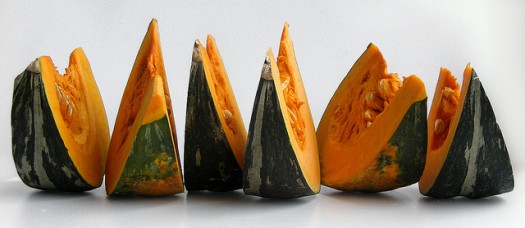


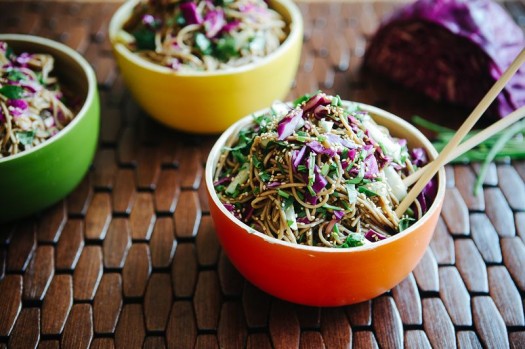
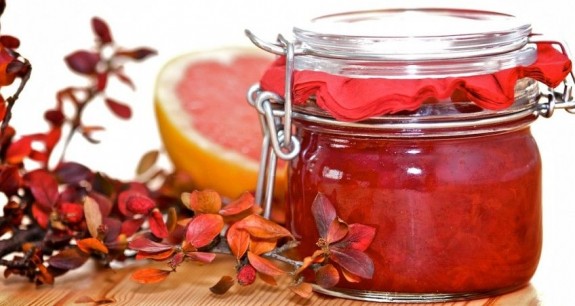

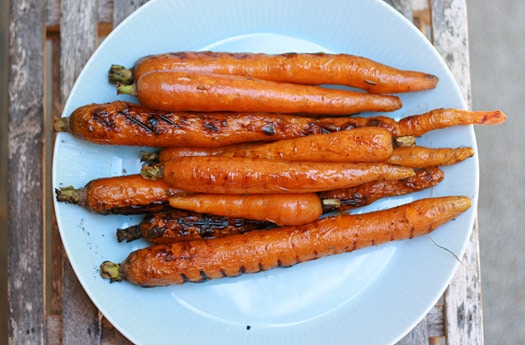
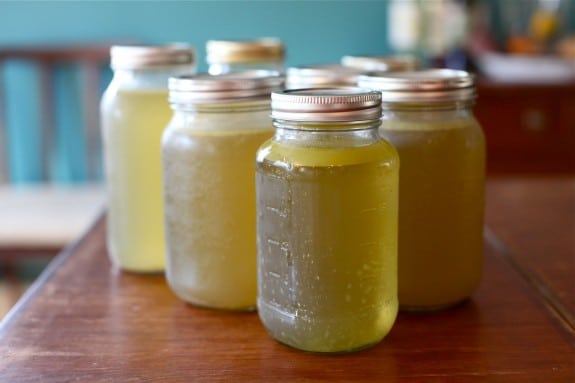
Yes! Absolutely! This is such a great post!
When I was actively working as a Wellness Coordinator, I would often get questions about “How much of this? Do I need that too?” And I would just say that it boils down to fresh (meaning from the field) fruits, vegetables, seeds, nuts, legumes, grains – eat them organic & raw when possible. I think after awhile, people realize that a lot of what they are putting into their bodies isn’t really “food” at all. I loved when they would come back to me after a few months and tell me how much their health has changed as a result of it! 🙂
Mmm! That soup sounds wonderful! I agree that we need more common sense. This is just the post I needed too. I’d been so discouraged about how hard it is to eat seasonally this winter that I kind of fell off the wagon and have been eating a lot of crap. Thank for the reminder that we can do it!
I’m definitely going to try this recipe! I’ve got a butternut squash in the kitchen right now and I’ve been looking for a good way to eat it. Yum. What a good post. I agree — nutrition isn’t rocket science. It should be natural!
Love this post and great recipe. Growing up we ate ALOT vegetables it was pretty much every day and not just as a side dish, I have to say as I left my parents home for 15+ years now, I don’t as much, so lately I’ve really been trying to get back into making vegetables as part of my main dish rather than just a side dish.
I like the common sense approach, and the soup looks delicious. One question, why grain-free? Aren’t whole grains good for us. And certainly our ancestors grew, stored, and ate them.
Hi Valerie! Great question and one which I did answer in the book, but should have addressed here. I don’t believe that grains are the cause of all illness or that everyone should avoid them. At one point or another every member of our family has gone through a period of staying off all grains in order to heal our gut, our metabolism, or other things.
So the book is grain-free not because grains are bad, but because I have had to develop recipes for my family that are grain-free. So while I might eat the above soup on it’s own my husband, who is always up for bread, would have a big hunk of sourdough along side.
And yes, I do believe that grains have been eaten by healthy traditional cultures for thousands of years. I have, however, found that souring, soaking, and fermenting grains seems to help with any issues our family might have with grains. Sorry for the confusion.
I like the ideas you have presented here and will try this soup, but I have the same question as Valerie. Why grain-free?
Thanks.
Hi MaryAnne, (copying and pasting the same answer I gave Valerie):
Great question and one which I did answer in the book, but should have addressed here. I don’t believe that grains are the cause of all illness or that everyone should avoid them. At one point or another every member of our family has gone through a period of staying off all grains in order to heal our gut, our metabolism, or other things.
So the book is grain-free not because grains are bad, but because I have had to develop recipes for my family that are grain-free. So while I might eat the above soup on it’s own my husband, who is always up for bread, would have a big hunk of sourdough along side.
And yes, I do believe that grains have been eaten by healthy traditional cultures for thousands of years. I have, however, found that souring, soaking, and fermenting grains seems to help with any issues our family might have with grains. Sorry for the confusion.
I certainly agree with your post. However, now some of us deal with so many food allergies that we aren’t able to follow the simple wisdom of our parents/grandparents. In my family we can’t eat tree nuts, eggs, yeast, raw peas or carrots or apples, cherries, peaches, plums, apricots, pears, oranges, or other citrus. I also don’t eat meat although I am willing to cook it for my family. I am exhausted with all of this and realize that as much as possible I need to focus not on what we can’t eat but on what we are albe to eat – and keep that as close to its natural state as possible.
Kika,
I can’t imagine how difficult it is to work within your parameters while feeding your family. I think we all have something to deal with, whether it is a food allergy, a restricted budget, the are we live, or something else. But I think you hit the nail on the head when you said “I need to focus not on what we can’t eat but on what we are able to eat – and keep that as close to its natural state as possible.”
I know from personal experience that it is all to easy to turn to faux foods when you discover a food allergy. Like when I thought I had a gluten intolerance a few years ago I turned to gluten-free products, which really aren’t a good alternative.
Looking at your list I know it must be hard, but like you said there are still vegetables and beans that you can eat as well as meat (and fish for you) for your family. I pray that things become easier for you as you continue to nourish your family.
Suddenly I’m craving kupashnak – sauerkraut soup.
I’m also on day 3 of giving up sugar. It was getting a bit ridiculous, even with the holiday season. I doubt it will be permanent – I love cookies too much – but my bodies needs it right now. Already I’m noticing more energy.
I remember kapashnak! My kids just giggle every time I tell them that’s what I ate as a kid. =)
The recipe sounds delicious, and I’m happy to see it’s vegetarian friendly. 🙂 I’ve recently been reading “Green for Life” and the author talks about the importance of greens too. She points out that nutritionally speaking, greens are usually the healthiest parts of vegetables (most vitamins are higher in carrot tops than the carrots, for instance, along with protein and minerals) but we toss those out. She also talks about how they meet different needs than veggies, but they’re grouped together so most people don’t realize they need greens too. She recommends smoothies and we’ve been eating green smoothies every day this week. Surprisingly, they’re actually really tasty and even my husband and kids ask for them.
I think that hits on another thing our ancestors did though– they used every part of the vegetable too. I remember a friend in CA pointed out “Miners’ Lettuce” on the ground everywhere and talked about how the miners lived on it at times. Our grandmothers served dandelion and turnip greens, and so on. Since they’re so high in amino acids, vitamins and minerals and are acid-fighting, that’s my goal for the new year. 🙂
Wonderful post! This sounds delicious – I have to be sure we take full advantage of the kale in our garden (nothing else is growing right now) and all of the winter squash at the farmer’s market. mmmmm.
Sounds delicious! I’m obsessed with kale lately. Can’t eat enough kale chips!
When would you add the stock? In step one or two? Also any suggestions for chopping up squash? Other than a strong husband and a big knife!?